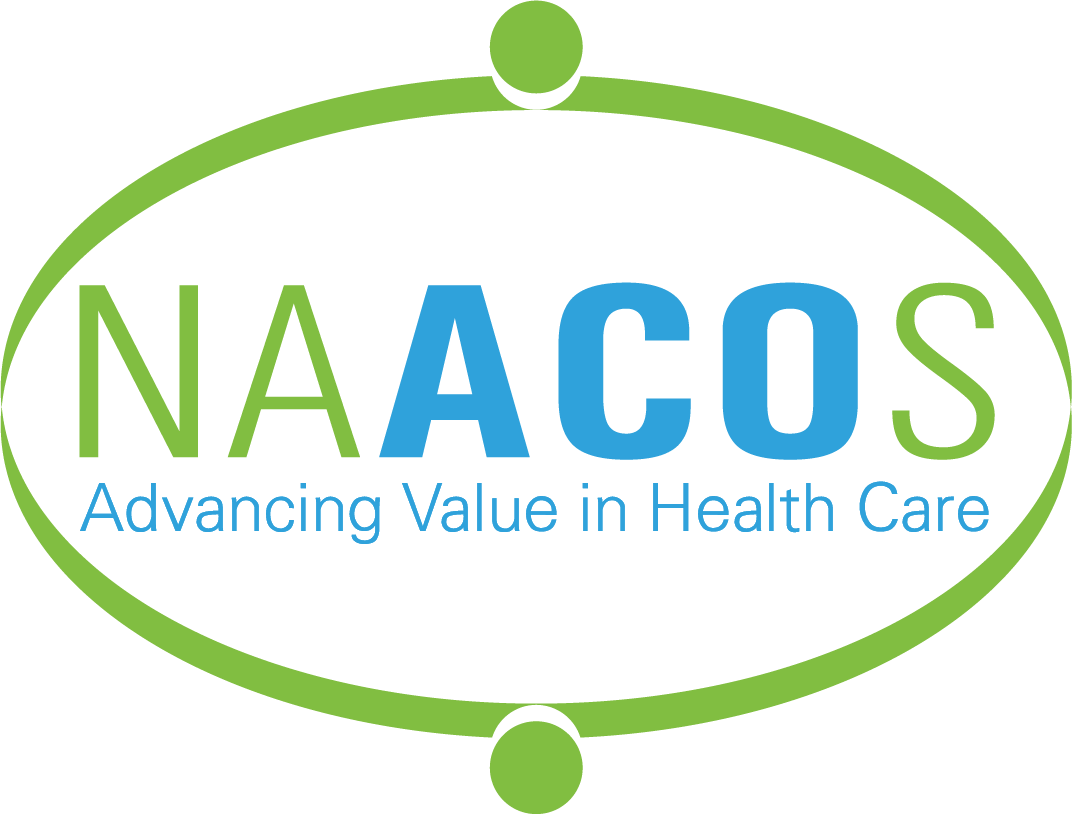2017 Quality Payment Program Reporting Experience
|
Memorandum |
|
|
To: |
NAACOS |
||
|
From: |
Bruce M. Fried |
|
|
|
Date: |
February 1, 2017 |
|
|
|
Subject: |
Anti-Kickback Statute Transportation Services Safe Harbor |
||
NAACOS has asked Dentons US LLP to provide a brief summary of recent changes to the federal health care program anti-kickback statute (“AKS”)[1] relating to the provision of transportation services to Medicare, Medicaid, and other federal health care program beneficiaries. This summary has been drafted specifically for the use of NAACOS; it is not intended to serve as legal advice to any other parties, who are encouraged to seek independent counsel concerning the topics discussed herein.
I. Overview
In December 2016, the U.S. Department of Health and Human Services Office of Inspector General (“HHS-OIG”) released a new final rule (the “Rule”) establishing several new AKS “safe harbor” regulations.[2] The safe harbors “describe various payment and business practices that, although they potentially implicate the [AKS], are not treated as offenses under the statute.”[3] One such safe harbor allows “eligible entities,”[4] including ACOs, to provide free or discounted local transportation or shuttle services to federal health care program beneficiaries as long as certain requirements, described further below, are satisfied (“Local Transportation Safe Harbor”).[5]
II. Local Transportation Safe Harbor
The Local Transportation Safe Harbor has seven specific requirements, each of which must be met in order to for the Safe Harbor to apply.
1. Establish Policy. The availability of the local transportation services must be set forth in a policy that is applied consistently.
2. Volume or Value. The availability of the local transportation services cannot be determined in a manner related to the volume or value of federal health care program business.
3. Air/Luxury/Ambulance Transportation. The free or discounted local transportation services cannot take the form of air, luxury, or ambulance transportation.
4. Advertising/Per Beneficiary Payments. The entity providing transportation cannot publicly advertise the free or discounted transportation services or market during the transport itself, and drivers cannot be paid on a per-beneficiary basis.
5. Established Patients. The local transportation services can only be provided to an “established patient”[6] of (a) the eligible entity, if the eligible entity is a provider or supplier of healthcare services, or (b) the provider or supplier to or from which the patient is being transported.
6. 25/50 Mile Limitation. The transportation services must be provided to a destination within 25 miles of the healthcare provider or supplier to or from which the patient is being transported, or within 50 miles if the patient is in a “rural area.”[7]
7. Medically Necessary Items/Services. The transportation must be for the purpose of obtaining medically necessary items and/or services.[8]
III. Shuttle Services
The Local Transportation Safe Harbor also provides that “shuttle services” — that is, “a vehicle that runs on a set route and on a set schedule”[9] — can be provided to federal health care beneficiaries provided four requirements are met.
1. Air/Luxury/Ambulance transportation. The shuttle service cannot take the form of air, luxury, or ambulance-level transportation.
2. No Advertising. The entity providing the shuttle service cannot not publicly advertise the free or discounted transportation services or market during the transport itself, and drivers cannot be paid on a per-beneficiary basis.
3. 25/50 Mile Limitation. The shuttle service is only available within the eligible entity’s local area, meaning all stops on the route must be within 25 miles of the facility, or within 50 miles if it is in a “rural area.”[10]
4. Eligible Entity Cost. The eligible entity providing the shuttle service must bear the cost.[11]
[2] 81 Fed. Reg. 88368 (Dec. 7, 2016).
[3] U.S. Dept. of Health and Human Servs. Office of Inspector General, “Safe Harbor Regulations,” available at https://oig.hhs.gov/compliance/safe-harbor-regulations/.
[4] An “eligible entity” is “any individual or entity, except for individuals or entities (or family members or others acting on their behalf) that primarily supply health care items.” 42 C.F.R. § 1001.952(bb)(iv). In the Rule, HHS-OIG provides, “Many types of entities that may not directly render health care services to patients, such as health plans, MA organizations, MCOs, accountable care organizations (ACOs), clinically integrated networks, and charitable organizations are not among the entities excluded from the definition of eligible entity and thus are able to provide transportation.” 81 Fed. Reg. 88380 (emphasis added).
[6] An “established patient” is a “person who has selected and initiated contact to schedule an appointment with a provider or supplier to schedule an appointment, or who previously has attended an appointment with the provider or supplier.” Id. § 1001.952(bb)(iv).
[7] A “rural area” is an area that is not an “urban area,” as defined at 42 C.F.R. § 1001.952(bb)(iv). An “urban area” is “(a) A Metropolitan Statistical Area (MSA) or New England County Metropolitan Area (NECMA), as defined by the Executive Office of Management and Budget; or (b) the following New England counties, which are deemed to be parts of urban areas under section 601(g) of the Social Security Amendments of 1983 … Litchfield County, Connecticut; York County, Maine; Sagadahoc County, Maine; Merrimack County, New Hampshire, and Newport County, Rhode Island.” 42 C.F.R. § 1001.952(bb).
